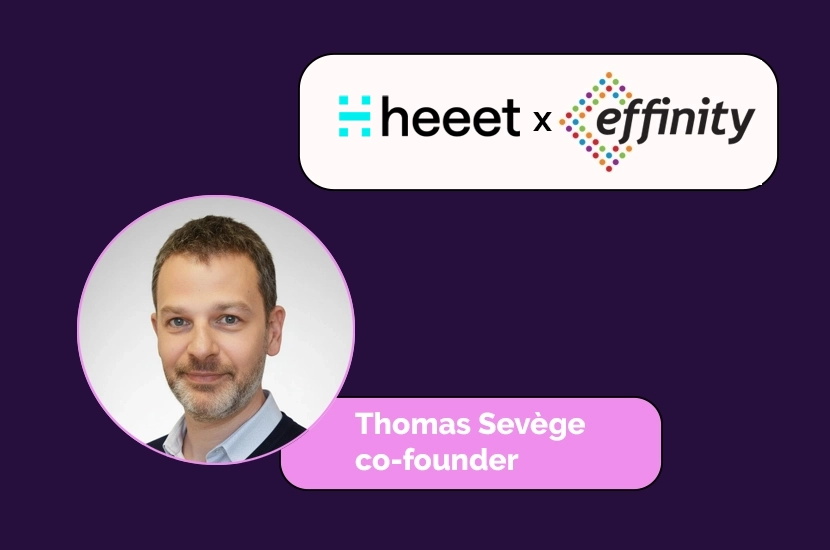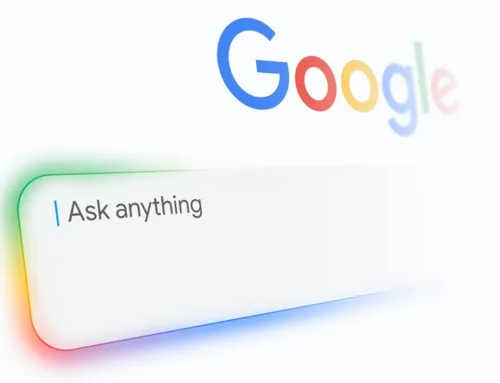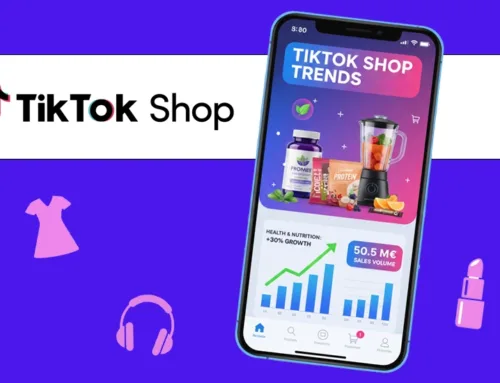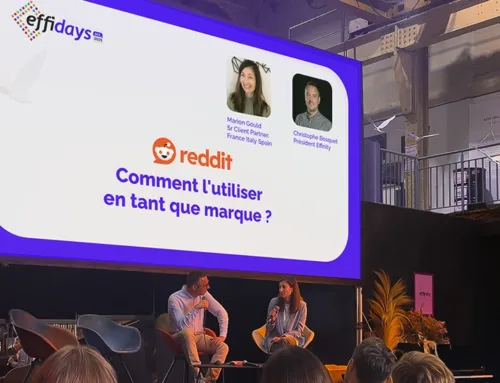Heeet, an Effinity partner, is a solution that helps marketers manage their lead generation campaigns not just on cost indicators, but on their real business impact, in terms of pipeline and revenue generated. We interviewed Thomas Sevège, one of the co-founders.
Can you tell us a little about your background?
I’ve been working in digital marketing for over 25 years. The first part of my career was spent in performance marketing and media. Then I moved into technology and data solutions. I spent five years at Freespee (now Kaisa), a company specializing in call tracking, which enabled us to analyze the customer journey before a phone call. I then joined Paylead, a cashback solution embedded in payment cards, as Chief Revenue Officer. The originality of this technology lay in its ability to analyze banking data, enrich it and target audiences very finely according to purchasing behavior.
After these experiences, I spent two years working as a consultant with start-ups and SaaS scale-ups, on their go-to-market strategies and sales team structuring. Finally, a year ago, I joined forces with the founders of Heeet to share a common vision: to help marketers manage their campaigns not just on the basis of cost indicators, but on their real business impact, in terms of pipeline and revenue generated.
Why did you create Heeet? What problem did you want to solve?
My partners and I noticed a gap in the world of B2B marketing and lead generation. Unlike e-commerce, where every campaign is directly linked to sales, companies whose buying journey ends offline (by telephone or via a sales rep) are sorely lacking in visibility.
In concrete terms, when a prospect fills in a form or makes a call, the marketer knows he’s generated a lead… but he doesn’t know how that prospect got there, which pages he consulted or which marketing lever influenced him. It’s this “black hole” that we set out to fill with Heeet.
Our solution synchronizes marketing data (Google Ads, LinkedIn Ads, TikTok, Reddit, etc.) with CRM data (Salesforce, HubSpot). It links each marketing action to a revenue stream, and thus measures the real contribution of each lever.
Can you give a concrete example of this approach?
A typical case: in our own campaigns, we see a clear difference between a prospect who has consulted our “Pricing” page and one who has not. This reflects a very different level of engagement and paves the way for distinct commercial exchanges.
In other contexts, such as for a tour operator, a customer who consults several pages on destinations in Morocco could be routed to an expert advisor for that area. In B2B, if a prospect only reads content related to SEO in the pharmaceutical sector, the sales rep will know how to steer the conversation around this specific use case. The idea is to personalize the discourse according to the actual journey, and thus increase the relevance of the commercial relationship.
Can your solution also reactivate dormant leads?
Absolutely. When a lead seems inactive, we continue to pick up signals. If this prospect returns to the site six months later, the sales rep is notified and can decide to intervene at the right moment. These signals can then trigger automated actions: email, retargeting, sales calls, etc. The aim is to remain attentive and responsive, without being intrusive. For example, we avoid unsolicited SMS, which we consider too intrusive in B2B.
Why is outbound losing steam? How has the buyer evolved?
Buyers, whether B2B or B2C, are increasingly digitalized and autonomous. Customer reviews, search engines, LLM, social networks: they compare and educate themselves before any exchange. They want to keep control of their purchasing journey. As a result, the performance of mass prospecting is declining.
What should marketers do about this maturity?
Capitalize on inbound marketing by making information accessible, capturing and analyzing each point of contact (site, content, networks), documenting the journey and personalizing the final phase. The aim is to offer an experience that takes all interactions into account, and to avoid knowledge “gaps” – for example, ignoring the fact that a contact is already a customer.
What concrete benefits do you bring to marketers?
We make it possible to measure the real value of leads, in terms of contribution and influence on revenue. Our solution reconciles marketing and sales, by accurately demonstrating the impact of marketing investments on deals signed.
A telling example: a customer in the new-build property sector sets a cost ceiling per lead. However, one of the leads generated by his Google Ads campaigns leads to a sale worth several million euros. Without this visibility, he would have underestimated the effectiveness of his investments. With Heeet, he could review his bidding strategy and invest more intelligently to capture more value.
Generally speaking, our customers see an incremental ROI of over 25% on their Google Ads campaigns, thanks to the optimization enabled by our technology.
How do you manage RGPD compliance?
Heeet works in cookieless mode. The anchor point is the email address provided when filling in a form. This act constitutes explicit consent: the prospect knows that he or she is going to receive information. This approach has two advantages: it guarantees RGPD compliance and enables complete coverage, where cookies fail to capture nearly 40% of audiences due to consent refusals.
How is Heeet implemented in a company?
We mainly target two segments: Salesforce and HubSpot users. Integration is simple: our solution is installed as a native application directly in the CRM. All that’s needed is to add a JavaScript script to the website to capture clickstreams, with no additional development required.
Deployment takes just a few hours, and requires no data transfer to our servers. Everything remains hosted and enriched in the customer’s CRM environment. For companies not using Salesforce or HubSpot, we have also developed our own application, compatible with any CRM.
What developments do you foresee for Heeet?
We are currently working on generative AI functionalities to provide automated recommendations. For example: suggesting a budget increase for a campaign that is outperforming, or indicating which content appeals most to a given target.
These insights enable marketers to save time and optimize their decisions on an ongoing basis. We expect to roll out these functionalities by the end of the year.
What type of customer are you today?
Our customer base is varied: around a third in France, a third in the UK and a third in the USA. We work with large groups, including some of the CAC 40, as well as smaller structures, such as American law firms using Salesforce. This diversity illustrates the universality of the problem we’re solving: enabling marketers to measure the real impact of their actions and invest more effectively.




